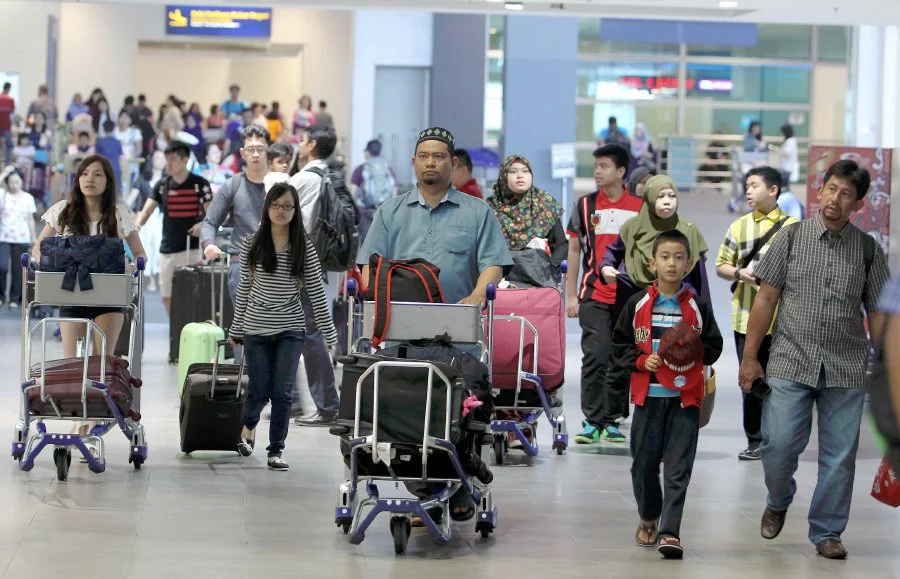THE high youth unemployment and under-employment rate is a labour market pain that can pose a speed bump effect to Malaysia’s post-pandemic economic recovery.
Zooming into what it described as “scarring effect” of COVID-19 pandemic on the job market, Maybank Kim Eng Research revealed that youth unemployment rate has remained high and “sticky” (3Q 2020: 13.5%; 2Q 2020: 12.0%; 1Q 2020: 11.0%; 4Q 2019: 9.9%).
At the same time, there is rising skill-related under-employment, i.e. those with tertiary education and employed in the semi-skilled and low-skilled occupations.
“Quarterly skill-related under-employment has generally been on the uptrend,” the research house pointed out in an Asean strategic note entitled 2021 Recovery and Reopening.
The sustained uptrend in skill-related under-employment indicates the prolonged or chronic structural issues in the job market (e.g. labour supply-demand mismatch; employability of graduates) is now exacerbated by the impact of COVID-19 pandemic.
A case in point is that of former employees in the hard-hit tourism-and-travel-related industries being forced to search for – and take up – employment in other sectors, including in the informal sector as self-employed and gig-economy that could be of lesser skills requirement and with lower income as well as job security.
More broadly, data by the Social Security Organisation (Socso) showed that 99,696 workers lost their jobs in 11M 2020 (2019: 40,084) but monthly retrenchment which surged in the February-June period has eased in July-September.
Nevertheless, the October-November period saw a pick-up again following the imposition of conditional/extended movement control order (CMCO/EMCO).
Despite the bleak labour market outlook, Maybank Kim Eng Research opined that Budget 2021 has specific measures to tap onto opportunities from supply chain security and resilience issue to attract relocation foreign direct investment (FDI).
“Additional impetus come from the signing of the Regional Comprehensive Economic Partnership on Nov 15 involving ASEAN-10, China, Japan, South Korea, Australia and New Zealand,” the research house pointed out.
“Underscoring the upside potential from relocation FDI, Malaysia’s approved manufacturing FDI from China remains robust up to 9M 2020 from 2018 that was triggered by US-China trade tension and tariff war.”
All-in, Maybank Kim Eng Research maintained Malaysia’s real gross domestic product (GDP) forecast of +5.1% in 2021 after an estimated -5.4% contraction in 2020. – Dec 7, 2020










